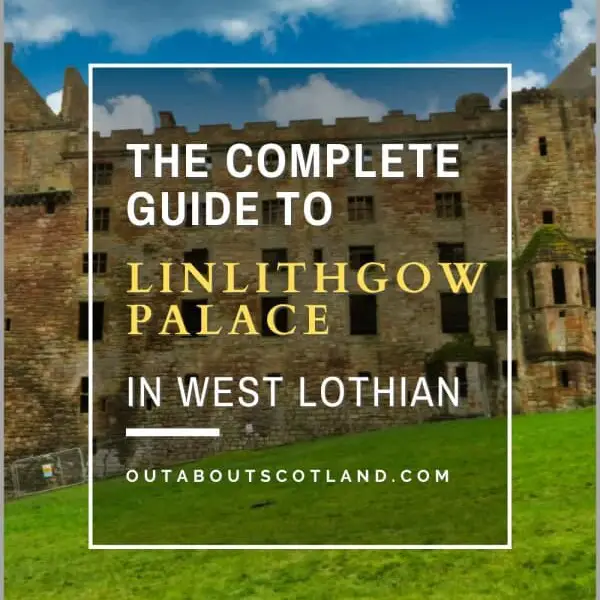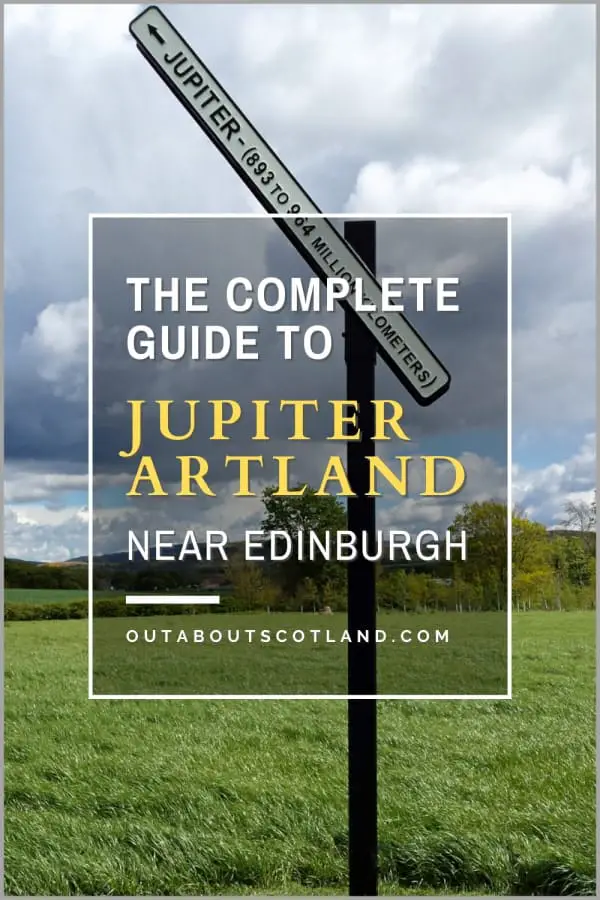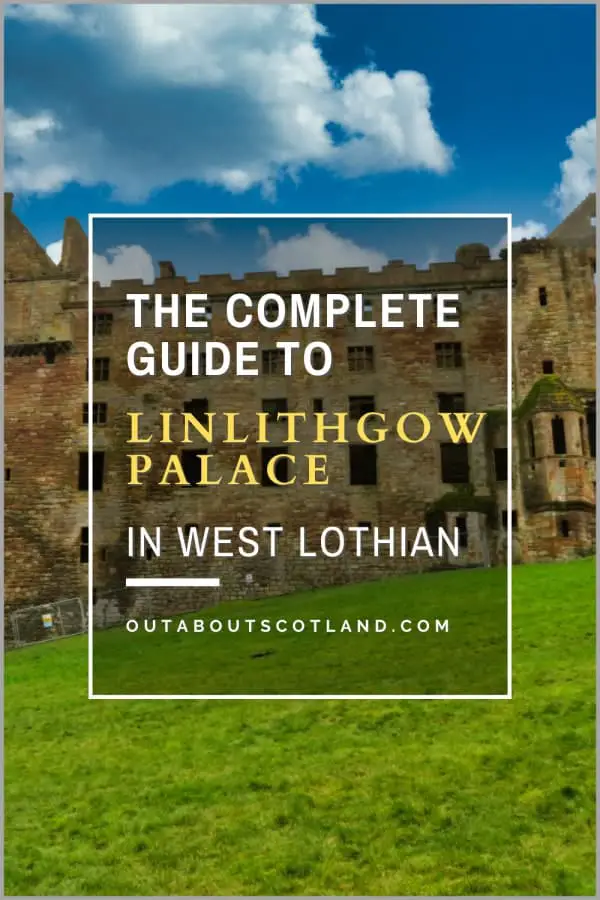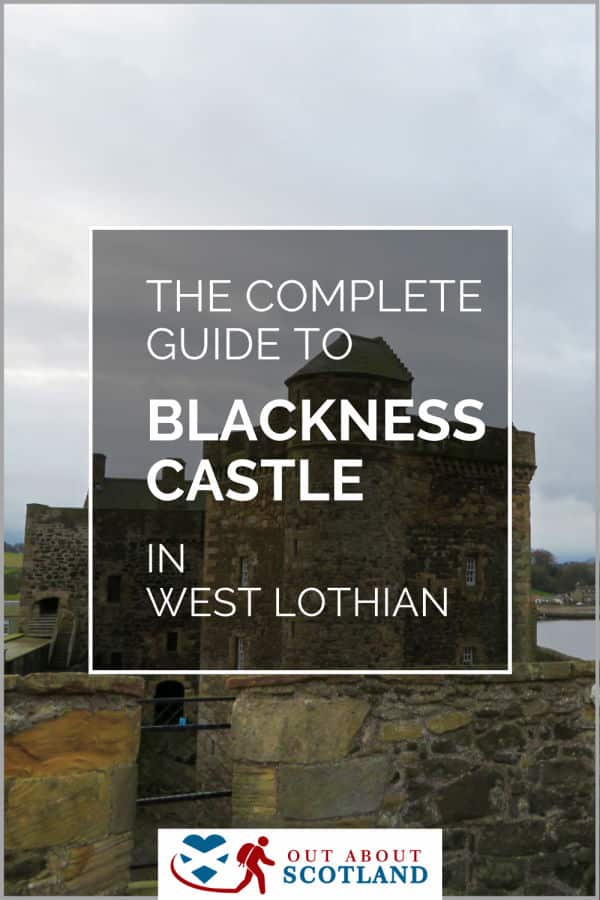Linlithgow Palace is a Renaissance-era castle that was the birthplace of Mary, Queen of Scots. The fortress is located in Linlithgow in West Lothian, next to Linlithgow Loch. Although the palace is partly in ruin and many sections are roofless, it is still an impressive historic attraction. The site is managed by Historic Environment Scotland, which allows access daily for a small admission fee.
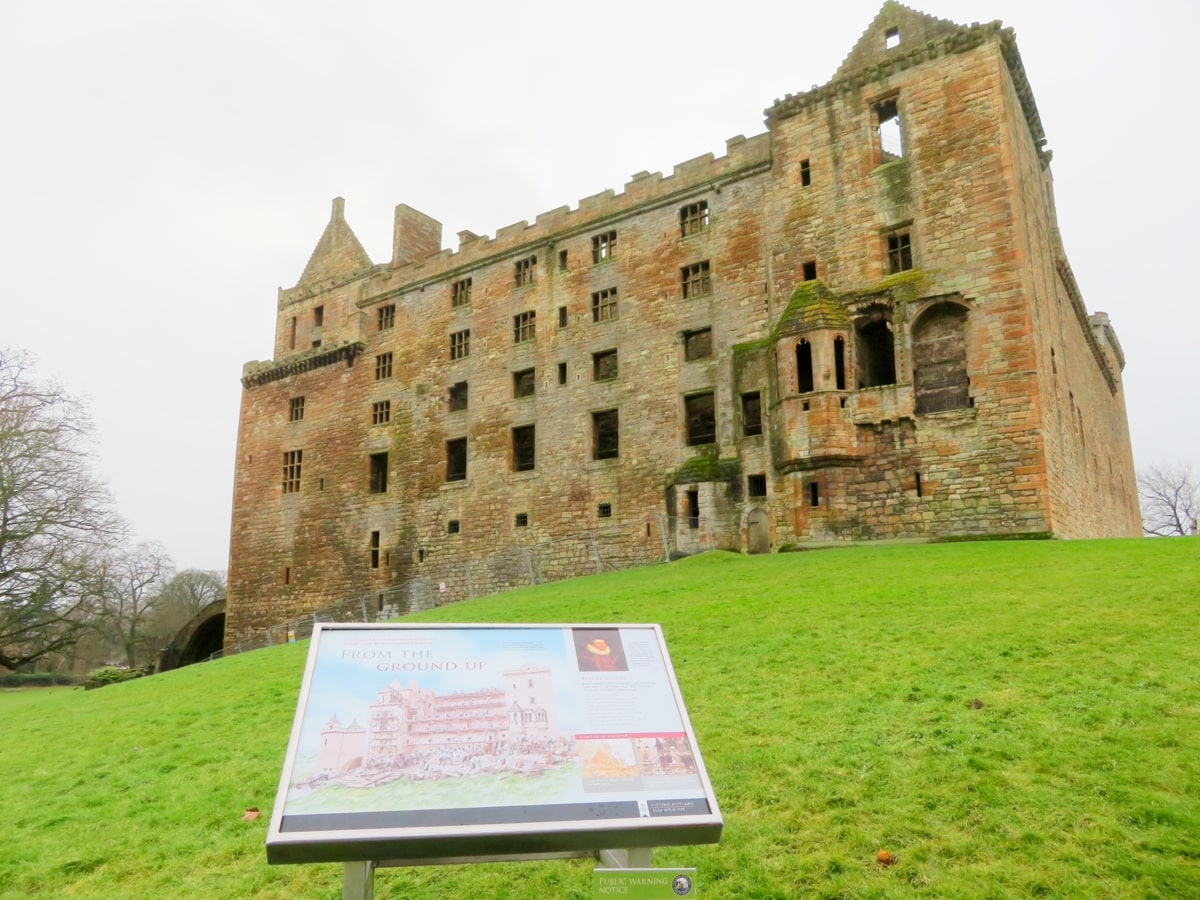
| Address: | Kirkgate, Linlithgow, West Lothian, EH49 7AL |
| Opening Hours: | Friday 10am–4pm Saturday 10am–4pm Sunday Closed Monday Closed Tuesday 10am–4pm Wednesday 10am–4pm Thursday 10am–4pm |
| Admission Price: | Adult £7.20 Child (5+ yrs) £4.30 Concessions £5.40 |
| Parking: | Free car park on-site |
| Contact: | 01506 842896 |
| Facilities: | Toilets, disabled toilets, exhibition, shop, bike racks, picnic area |
| Photos: | Virtual Tour YouTube Video |
Overview
Linlithgow Palace is located in the West Lothian market town of Linlithgow, more-or-less halfway between the cities of Stirling and Edinburgh. Although mostly roofless and in ruin, it’s an impressive building that offers lots of history to discover and has enough nooks and crannies that children will be kept occupied for the best part of an afternoon.
The palace was originally built as a royal retreat for nobles making the journey between Edinburgh and Stirling, and thanks to its location next to Linlithgow Loch, it would have been both self-sufficient and easily defended.
It’s known that the location has been inhabited for at least 2,000 years as Roman remains have been found in the area, but as a Scottish royal residence, it can trace its roots back to the reign of David I in the early 12th century.
A succession of Scottish nobility, including James V and Mary Queen of Scots, lived in the palace from 1424, but it fell into decline when James VI (the first ruler of both Scotland and England) moved his royal court to London in 1603, which meant there was no need to maintain this vast complex of extravagantly decorated buildings.
The end of the palace was marked in 1607 when the north quarter collapsed, and again in 1746 when a fire swept through the palace, leaving it roofless and exposed to the elements. Today, Linlithgow Palace is cared for by Historic Environment Scotland which has restored the majority of it, and they also look after the surrounding parkland which has been designated as a Site of Special Scientific Interest.
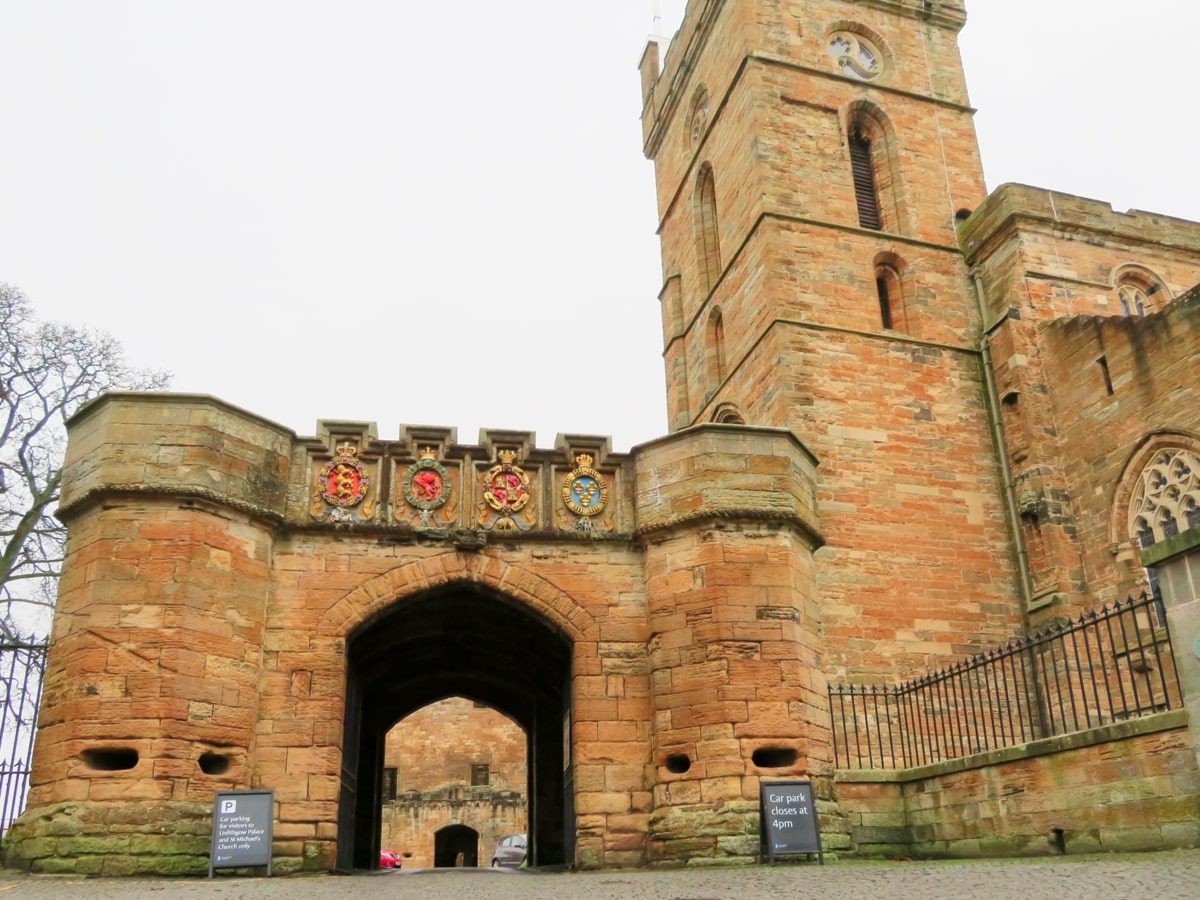
The Highlights
1: As a favourite residence of the Stuart kings and queens, Linlithgow Palace is steeped in Scottish history. Visitors can explore the royal apartments, the great hall, and the chapel, each telling stories of Scotland’s past.
2: Even as a partially ruined building, Linlithgow Palace is an architectural wonder, showcasing the transition from mediaeval fortress to Renaissance palace. Its ornate fountain, once painted in bright colours, still stands in the courtyard and is a highlight for many visitors.
3: Climbing to the top of the palace provides visitors with breathtaking views of Linlithgow Loch, the surrounding park, and the town beyond. The views from various vantage points make the climb worthwhile, so visitors should make sure to have their cameras ready for some spectacular photo opportunities.
Visiting Tips
1: There are picnic benches in the park, so take a packed lunch for al-fresco dining with a nice view. Alternatively, you’ll find several cafes and restaurants on Linlithgow High Street.
2: There’s a car park next to the palace, but spaces are limited and it fills quickly, especially in the summer at the weekend. If the castle car park is full, try the paid car park to the left of the market cross (postcode EH49 7AH).
3: Remember to check the Historic Environment Scotland website for the latest visitor information, including opening times and any special events that may coincide with your visit.
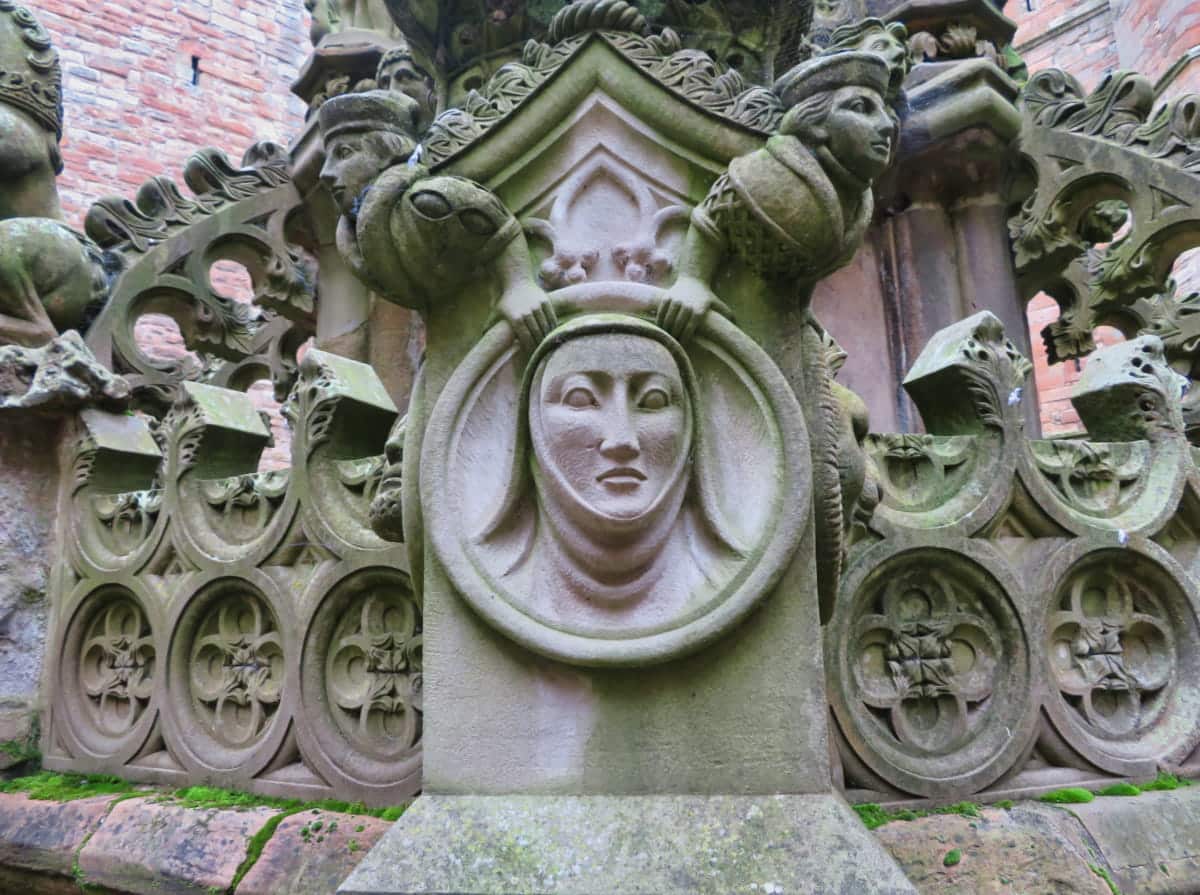
Tourist Information
Self-guided tours start at the entrance opposite St. Michael’s Parish Church, but my advice would be to first take a look inside the church and then head into the park before entering the palace. The church is beautiful inside, and it’s a fine example of mediaeval architecture, while the park and loch are an oasis of wildlife.
Both are completely free to enter and make a visit to Linlithgow a great family day out, with the bonus that the loch features a lovely two-mile path around it. There’s lots of wildlife on Linlithgow Loch including rare great crested grebes as well as nesting swans, so make sure you have your camera at hand during your walk. The park is also a top spot for a picnic and there are several benches installed in it, while the town centre and its many cafés are just a few minutes walk if you’d rather eat indoors.
Heading back to the palace, you’ll find the ticket kiosk and gift shop at the entrance, after which you can head into the courtyard to see the fountain. This three-tiered masterpiece was installed by James V in 1538 and is best known for its remarkably well-preserved stonework. It’s an impressive sight at any time of year, but I suggest visiting on Sundays in July and August when you can see it working.
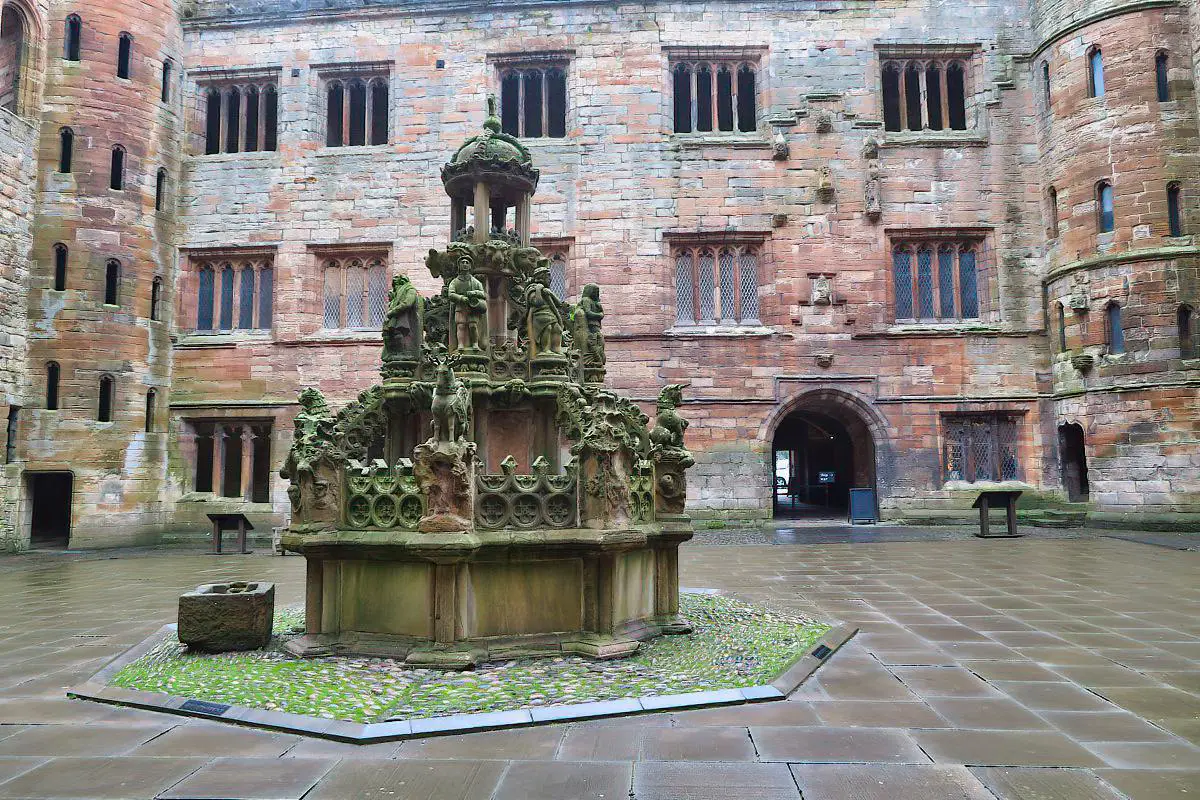
There’s no fixed route to follow for a tour of Linlithgow Palace, but the highlight has to be climbing the main tower on the northwest corner. From there, you’ll find superb views of the palace quadrangle and the loch, with the rooftops of the town to one side and the treetops of the West Lothian countryside to the other. Heading back down the stairs will present you with a maze of great halls and secluded corridors, with the upper rooms being exposed to the elements and the lower rooms being roofed but quite dark, cold, and damp.
All-in-all, I’d plan at least 3 hours for a visit to Linlithgow Palace and the surrounding park, and more if you intend to explore around the town. If you have any spare time in your day, I’d also include a visit to nearby Blackness Castle which is another of Scotland’s magnificent historic buildings that also has stunning views over the Firth of Forth.
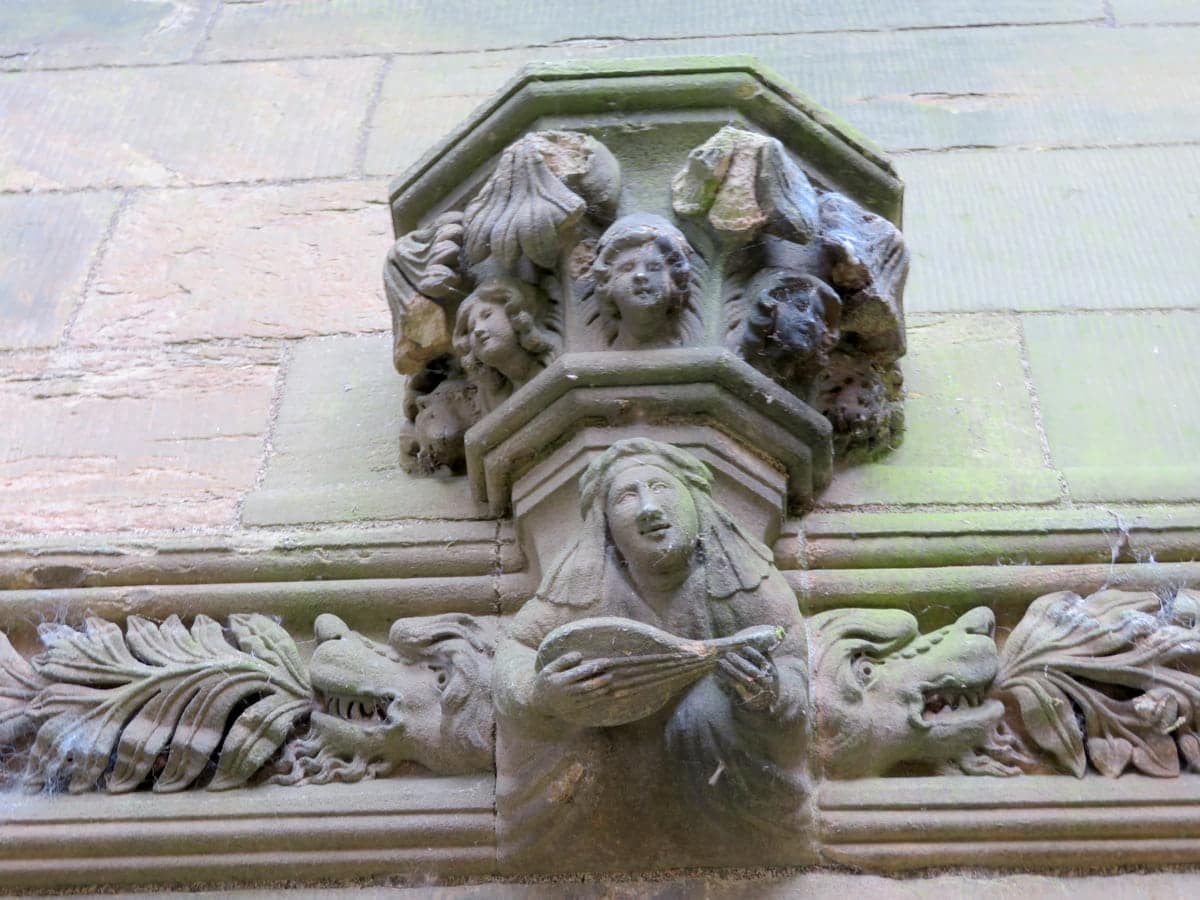
Things to Do
History: Linlithgow Palace is a treasure trove of Scottish history where you can roam the birthplace of famous monarchs like Mary Queen of Scots and James V. Every stone whispers tales of the past, offering visitors a unique opportunity to step back in time and imagine what it would have been like to grow up in one of Scotland’s finest castles.
Photography: The palace’s stunning architecture and panoramic views of Linlithgow Loch create a perfect landscape for photography enthusiasts. Capture the intricate stone carvings and formidable defensive walls for photos that are truly worth sharing.
Picnicking: The palace grounds provide an idyllic setting for a picnic. With sprawling green lawns overlooking Linlithgow Loch, you can enjoy a relaxing lunch with a view, making it a delightful experience for families, couples, and solo travellers alike.
Wildlife Watching: Linlithgow Loch is teeming with wildlife including ducks, swans, and other waterfowl. With a pair of binoculars (link to binocular reviews), bird lovers can spend hours gazing over the water and the surrounding landscape.
Fountain: Don’t miss the beautiful fountain in the main courtyard. Built by James V in 1538, the fountain is adorned with intricate carvings of mythical creatures and is one of the oldest still-functioning fountains of its type in Britain.
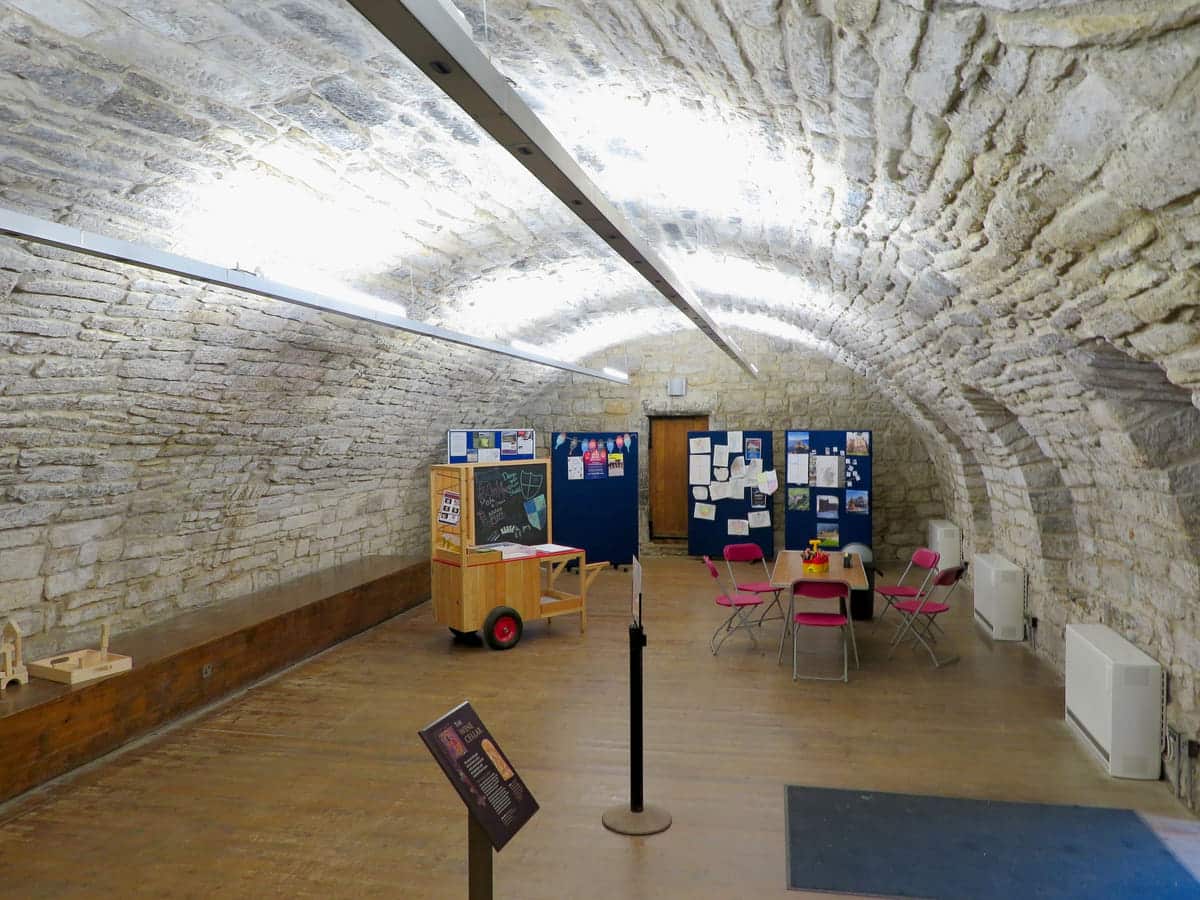
Things to Do Nearby
Blackness Castle. Blackness, Linlithgow, EH49 7NH. 12-minute drive. A large castle that overlooks the Firth of Forth. Known as ‘the ship that never sailed’ due to its unusual shape,. The castle is open for self-guided tours, and there is a gift shop on-site.
Hopetoun House. Queensferry, South Queensferry, EH30 9RW. 25-minute drive. 17th-century manor house that is one of the largest in Scotland. The house is privately run and is open for guided tours, with extensive grounds offering lots of walking opportunities. Midhope Castle, the setting for the TV series Outlander, can be found elsewhere on the estate.
House of the Binns. Binns View, Linlithgow, EH49 7NA. 10-minute drive. Grand 17th-century manor house set in magnificent grounds. The house is open to the public for tours that show the original portraits, furniture, and porcelain of the Dalyell family. There are also woodland walks throughout the grounds.
Linlithgow Museum. 93 High St., Linlithgow, EH49 7EZ. 4-minute walk. A volunteer-run museum that explores the royal history of Linlithgow and the people who lived in the town over the centuries.
Kinneil Museum. Duchess Anne Cottages, Bo’ness EH51 0PR. 11-minute drive. A museum situated inside the 17th-century Kinneil House. The ground floor has an exhibition about Bo’ness town and the upper floor features a gallery.
Frequently Asked Questions
Did Mary Queen of Scots stay at Linlithgow Palace?
Mary Queen of Scots was born in Linlithgow Palace in 1542. Though her primary residence was in Edinburgh, she stayed in Linlithgow Palace several times throughout her life as it is located midway between the cities of Edinburgh and Stirling.
Who burned down Linlithgow Palace?
Linlithgow Palace fell into a serious state of disrepair after James VI moved his royal court to London in 1603. Though it was partially maintained by the royal coffers in the following years it practically served no purpose, so when soldiers of the Duke of Cumberland’s army accidentally set fire to it in 1746 it was abandoned for good.
What was filmed in Linlithgow Palace?
Linlithgow Palace is a popular filming location and has been featured in many productions. Notably, it was used as a filming location for the TV series ‘Outlander’ where it represented the infamous Wentworth Prison.
Why is Linlithgow Palace famous?
Linlithgow Palace is famous for several reasons. Firstly, it’s known as the birthplace of Mary Queen of Scots and was one of the main residences of the kings and queens of Scotland in the 15th and 16th centuries. Secondly, the palace is a fine example of early Renaissance architecture in Scotland and is renowned for its spectacular ruins.

